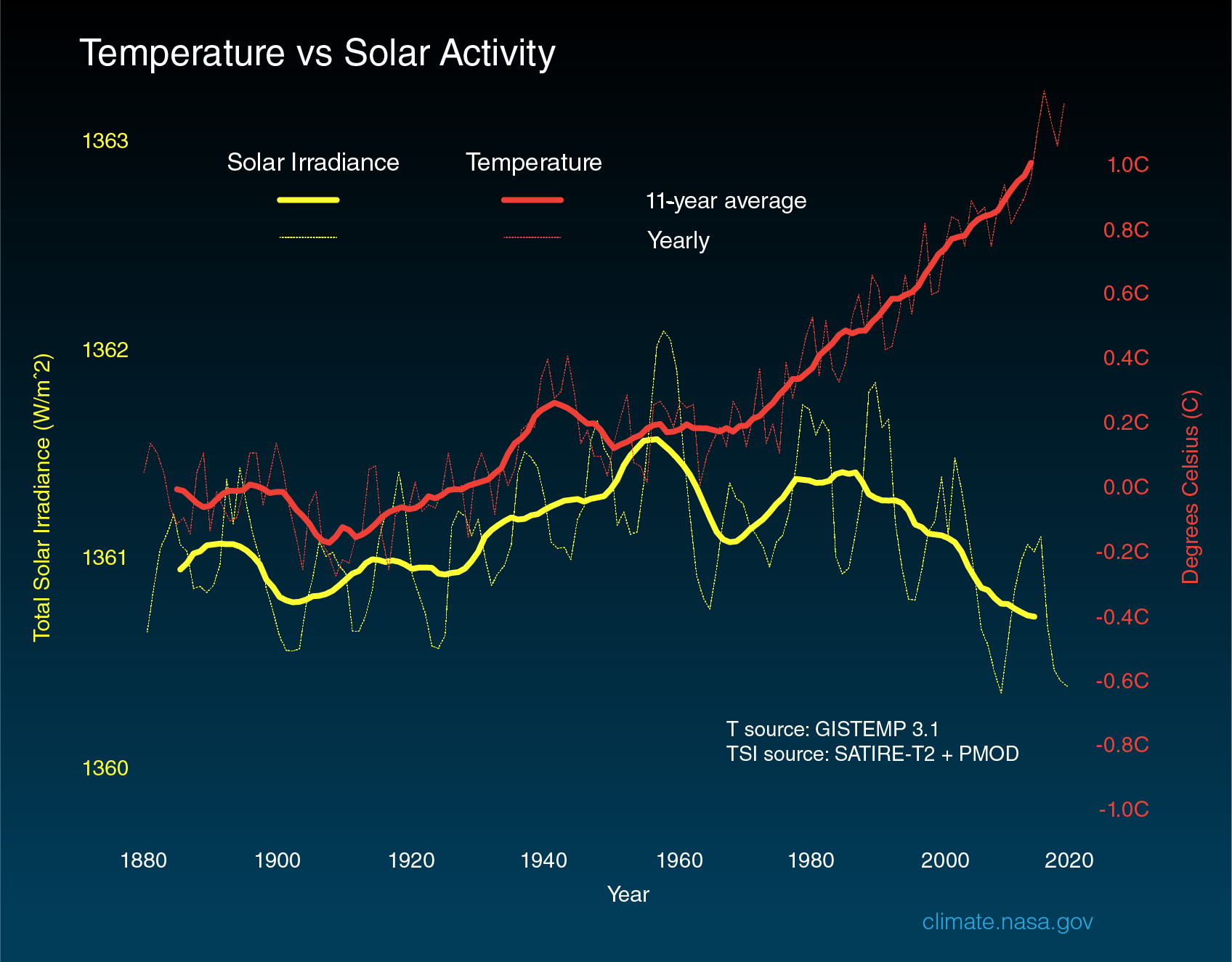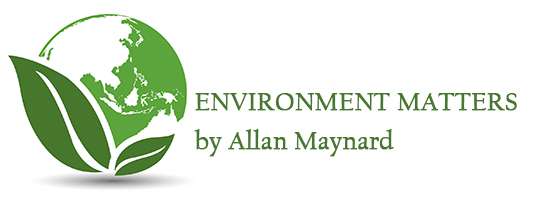By: Allan Maynard, MSc. March 2020
The scientific consensus that the burning of fossil fuels is the main cause of global warming over the past many decade is likely close to 100 percent now. Remaining doubts seem to be mostly cleared. Despite this far-reaching consensus there is a definite disconnect of acceptance by many within the general public thereby hindering the needed and long overdue action to combat and prepare for climate change. There are a few reasons this disconnect still exists despite the mountains of evidence that continues to accumulate.
Firstly – the climate change denial groups are highly organized, well funded and well versed at undermining the evidence of global warning and the resulting changes to the world’s climate. Secondly, it is an extremely complex topic. It is very difficult to fathom that a colorless, odorless gas that we have been discharging for centuries could be the cause of a global crisis. Our brains are simply not wired to readily make this kind of connection. There can be the sense that the dire predictions could not possibly be true. Thirdly, even when we accept the need to confront climate change, there can be a reluctance to face what must be done. It will require some changes that can be perceived by some as a set-back to our way of life.
So – how do scientists – the vast majority of whom see climate change as an existential threat, communicate to general public – and thereby the elected officials that business as usual is not an option? It is easy enough to ‘preach to the converted’ and denigrate climate change deniers but that will not be enough. The goal must be to bring the vast majority of voters on board to vote for politicians prepared to take on this immense challenge. Three ideas are presented:
1. Promote the Consensus – Public opinion scholars are recommending that the broad consensus among scientists about human-caused global warming, be widely promoted. A study from Yale University labeled this as a “Gateway Belief” – that indeed the general public will be more accepting of the science of global warming and resulting climate change when the consensus message is heard repeatedly. “Perceived scientific consensus acts as a key gateway belief” wrote the authors of this study. “Repeated exposure to simple messages that correctly state the actual consensus (….). is a strategy likely to help counter the concerted efforts to misinform the public.” 2
2. Deny the deniers – For the fossil fuel industry, climate change denial is a multi-million dollar endeavour. In her book “Merchants of Doubt”, Naomi Oreskes coined the term “The Tobacco Strategy”, referencing the strategy employed by the tobacco industry aimed at stopping or at least delaying any regulation on sales or consumption of cigarettes. The “Tobacco Strategy” is for “maintaining the controversy” and “keeping the debate alive”. It doesn’t matter if there really is an argument going on or not. All that matters is for people to have that impression. This is exactly the case for the denial the science underpinning climate change.
It is extremely challenging to counter such well-funded misinformation campaigns. Their communications have a tone of credibility and for politicians that lack the courage to tackle environmental issues, these denial reports are their salvation. The first line of challenge should be to communicate that the denial reports are prime examples of bad science. The authors of the denial reports are ‘experts for hire’ and they are hired by think tanks funded by industry – most notably the fossil fuel industry. The articles they write are not published in scientific journals that require peer-review. Moreover, many (or even most) of these ‘experts for hire’ have never worked in the field of climate science.
The second line of defense is to counter each of the denial arguments pointing out how wrong they are. This must be done for each phony argument they put forward. It’s a challenge because counter-arguments can be overly complex and detailed thus possibly confusing the average reader. Nonetheless it must be undertaken using all available communication tools.
When possible, the use of graphics can greatly aid the argument. For example, one of the denial arguments is that the current warming is due to enhanced solar activity and not carbon emissions. This is simply not true. For the past number of decades solar activity has decreased.

3. Frame the Message – Communicating inconvenient science also requires a sensitivity to the values and beliefs of the audience. People do not want to be lectured or presented with an endless stream of facts and figures. It must be acknowledged that there is a reluctance, or in some cases, even an extreme resistance to hear the message. As such, emphasis away from the negative aspects (possible job losses in some industries for instance) and towards the positive is vital. Indeed, studies show that, in tackling climate change, co-benefits such as reducing deaths from air pollution and boosting technological innovation may lower the net costs of climate action to zero or even lead to a net economic benefit rather than a cost. This needs to be continually stressed.
As well, the many success stories in environmental initiatives (such as the fight to save the ozone layer) need to be told and re-told. In looking back at many of the issues now being resolved, it is clear that the truth does and will win out in the end. It takes time and the need to develop effective strategies to communicate inconvenient science.
